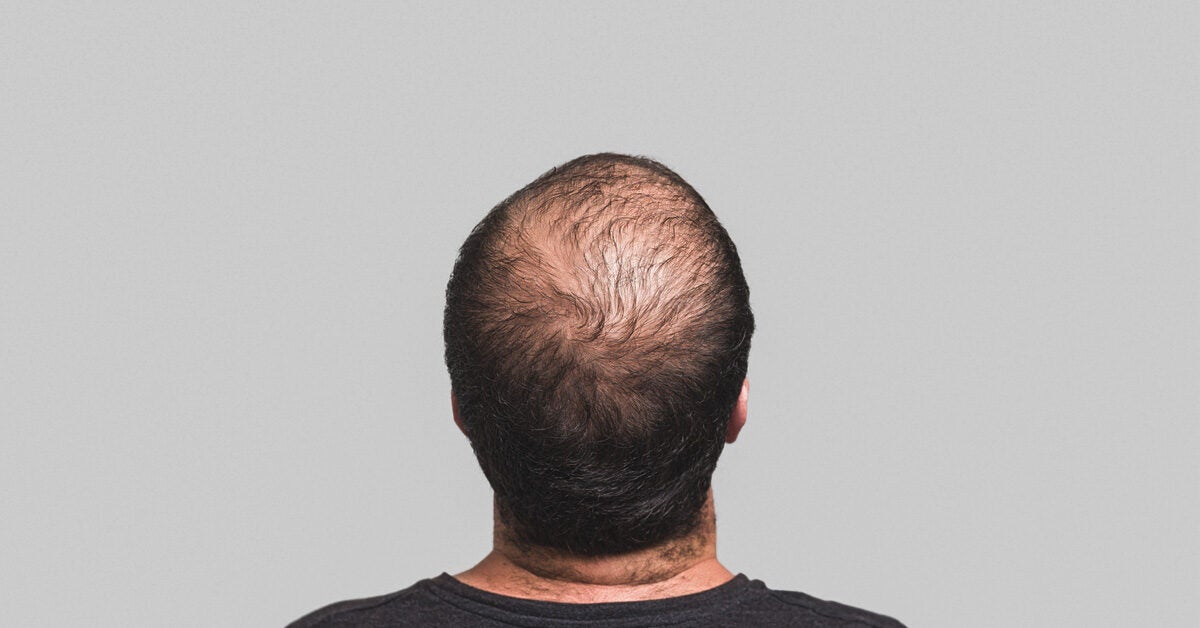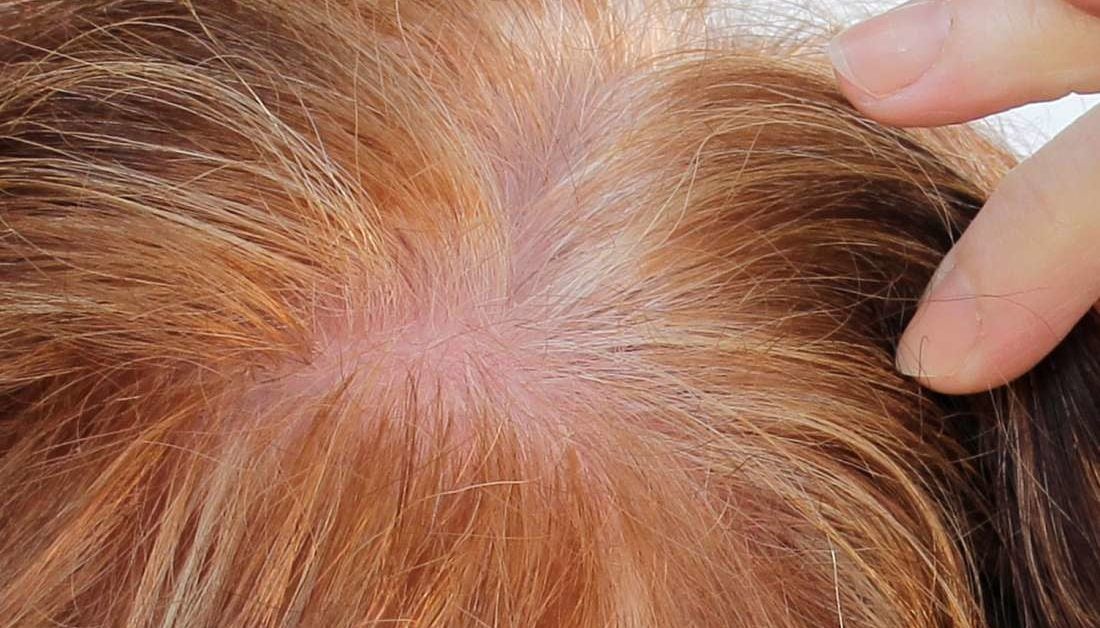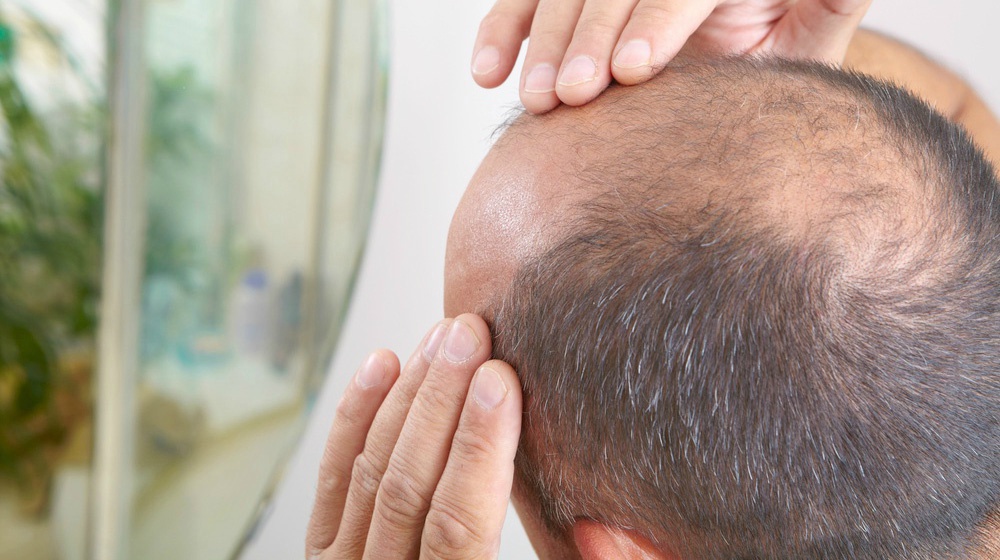Hair loss is a common problem that can affect anyone, regardless of age or gender. It can be embarrassing and emotionally draining for those who experience it.
Fortunately, treatments are available to help with hair loss, including Platelet Rich Plasma (PRP) therapy. PRP is a revolutionary therapeutic technique that has been proven to provide amazing results in restoring hair growth and vitality.
In this article, we will explore the potential of PRP for treating hair loss, examining its efficacy and safety as well as some additional tips on revitalizing your mane.
What is PRP Hair Loss Treatment?
PRP hair loss treatment is a revolutionary new approach to treating thinning hair that has been gaining traction in recent years. The procedure involves drawing a patient’s blood and separating the platelets, which are then injected into the scalp near affected follicles.
This helps to stimulate the growth of healthy, new hairs while also nourishing existing ones. This natural process can help with many forms of alopecia, including male pattern baldness and female pattern baldness when used in combination with other treatments such as medications or topical solutions.
Many people who have used PRP therapy report positive results within weeks, although it may take several months for some patients to see the full effects. PRP offers an appealing alternative to more invasive techniques like hair transplants because it is non-surgical and does not require any downtime for recovery; however, there are still risks associated with the procedure such as infection at injection sites or inflammation from overstimulation of follicles which can lead to further hair loss if left untreated.
It is important for potential candidates considering PRP therapy to discuss their situation with a doctor before deciding whether this type of treatment is right for them.
Benefits of PRP for Hair Growth
Platelet-rich plasma (PRP) therapy is an increasingly popular treatment for hair loss, especially among those looking to restore their mane without resorting to more invasive techniques. This procedure involves taking a sample of the patient’s blood and processing it to create a serum rich in platelets and other growth factors, which is then injected into areas of thinning hair. The results are impressive: studies have found that PRP can help reduce baldness and promote new hair growth.
In addition, PRP has been found to increase the diameter of existing hairs while also improving scalp health overall. The benefits of PRP therapy go beyond just thicker or fuller locks; it can also be used as part of an ongoing maintenance plan for keeping your mane looking its best over time.
By promoting healthy circulation within the scalp, PRP encourages nourishment for follicles so they may continue producing healthy strands throughout the years ahead. Moreover, because this treatment works by using your body’s natural healing powers rather than harsh chemicals or invasive surgery, there is far less risk associated with it than with some other forms of hair restoration therapies.
Furthermore, many patients report little discomfort during treatments – although you should always consult your doctor before undergoing any medical procedure – and that side effects are minimal if present at all following injection sessions. With no downtime required after each session either – youre free to resume normal activities immediately afterward – there’s is no excuse not to explore this safe yet highly effective alternative when considering ways to revitalize your mane!
How Does PRP Work to Regrow Your Hair?

Platelet-rich plasma (PRP) is quickly becoming a popular treatment for hair loss. But how does it work? PRP is derived from the patient’s blood, and it contains healing factors that can help to stimulate new growth in the scalp.
When injected into the scalp, these platelets promote increased circulation to boost cell metabolism and create an environment that encourages healthy regrowth of lost hairs. The effectiveness of PRP treatments has been backed up by numerous studies, showing improved hair density and thickness with consistent use.
The process itself involves collecting some of your blood and spinning it down using a centrifuge machine until only the highly concentrated platelets remain. These are then re-injected into your scalp using a very fine needle or derma roller device at various points around the affected area(s).
As you might imagine, this procedure requires considerable skill on behalf of the practitioner – too much or too little concentration could result in diminished results. Additionally, there may be multiple sessions required over time to ensure lasting success with PRP therapy for hair loss.
Ultimately, when considering all available options for treating hair loss – natural remedies as well as medical interventions – PRP stands out due to its potential efficacy while still being relatively low risk with minimal side effects compared to other procedures like surgery or drug therapies. With so many positive benefits associated with PRP treatments, more individuals are turning towards this revolutionary solution as an answer to their balding woes!
Risks and Side Effects Associated with Using PRP for Hair Loss Treatments

While PRP is generally a safe and effective treatment for hair loss, there are still risks and side effects associated with its use. For one, the procedure itself can be painful as it requires multiple injections into the scalp.
Additionally, PRP therapy may cause swelling or bruising at the injection site, along with temporary numbness or scaliness in some cases. There have also been reports of patients experiencing redness, itching, or burning sensations after receiving this form of treatment.
In rare instances, infection may occur if sterile techniques are not appropriately followed during PRP sessions. It’s important to note that these reactions tend to be mild and should subside within a few days after your appointment; however, you should always consult your doctor immediately if any of these symptoms persist for longer than expected periods.
Furthermore, keep an eye out for any signs of allergic reactions such as hives or difficulty breathing which could indicate a more serious underlying condition requiring medical attention right away. Finally, make sure to follow all instructions provided by your physician regarding pre-treatment preparation and post-treatment care to reduce risks associated with this type of procedure as much as possible
Conclusion

The potential of PRP for Hair Loss Treatment is clear, and it continues to grow with more research into its potential benefits. Using PRP injections can help restore hair growth and potentially even reverse the effects of hair loss in some patients.
With minimal side effects and long-lasting results, PRP is an effective option that can help revitalize your mane without surgery or other invasive treatments. For those suffering from thinning hair or baldness, PRP may be a viable solution to help bring back their full head of hair.
